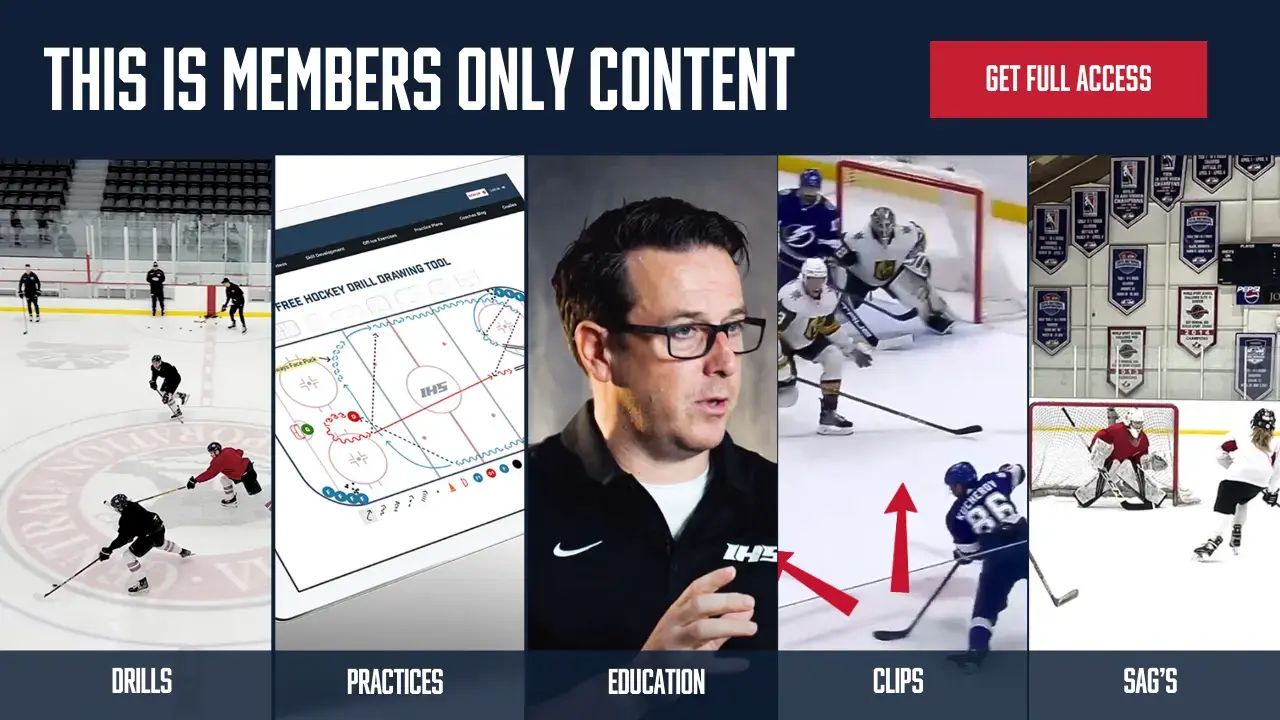In this video, the technique of taking one-timers while dropping down to one knee is explained. This method is often used by elite players to generate more power, improve puck control, and elevate shots.
Coaching Points:
1. Why Go Down on One Knee?
- Leverage and Power: Dropping to one knee allows players to get lower behind the puck, providing better leverage and increasing shot power.
- Elevation: It helps elevate the puck more effectively, especially when getting it over the goalie’s pads.
- Puck Control: This technique helps protect the puck. If the player mishandles the shot, they are more likely to regain control since the puck stays closer to their body.
- Adjusting to the Pass: When a pass is less than ideal, dropping to one knee allows for better adjustment, enabling a clean shot even when the puck isn’t perfectly placed.
2. Teaching Younger Players:
- Start with Standing One-Timers: For young players, it's important to learn the basics of taking one-timers while standing to ensure proper form and technique.
- Progress to One Knee: As players become more comfortable, they can progress to the one-knee method, which is especially useful when driving toward the net.
3. Technical Breakdown:
- Weight Transfer: In a standing one-timer, weight shifts from the back leg to the front leg. With the one-knee variation, the player leans into the shot with more contact on the ice for a longer sweep through the puck.
- Blade Position: It's crucial to keep the blade closed while shooting to avoid lifting the puck too high.
- Knee Position: During the follow-through, the knee drop helps maintain balance, while the player's toe caps should face the net to ensure control and power.
4. Practical Examples:
- Players can practice this technique using cone drills or by receiving passes, simulating game situations where they drop to one knee while keeping proper stick control.
5. Adjusting to Imperfect Passes:
- This technique also helps when the pass isn’t perfectly placed. Dropping to one knee expands the player’s range of motion, allowing them to adjust more easily and still take a powerful shot.
Conclusion:
The one-knee one-timer is a valuable technique that enhances power, accuracy, and control. While players should master the basics of standing one-timers first, incorporating the one-knee approach can significantly improve their ability to adapt and score in dynamic situations.


